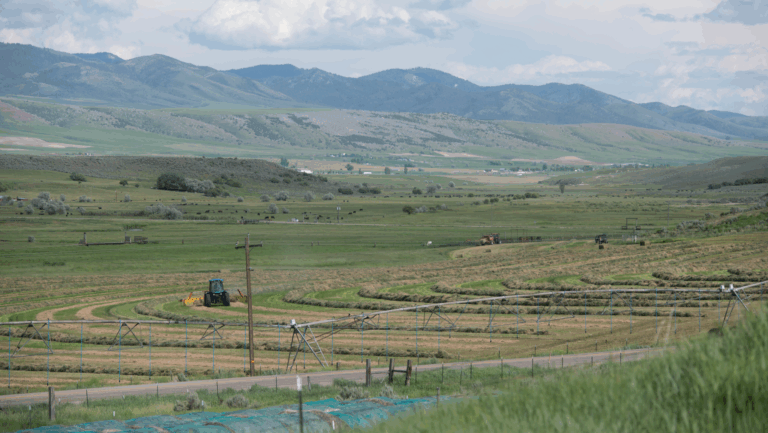Farm Bill 2018: Proposed Changes and Updates
Learn more about the potential amendments to the Farm Bill and find out how they may affect you.
H.R. 2, the Agriculture and Nutrition Act of 2018–better known as the Farm Bill–authorizes the U.S. Department of Agriculture’s food and agricultural programs.
Reauthorized about every five years, the 2018 Farm Bill is currently undergoing updates and changes that are slated to be completed before the existing bill expires on September 30, 2018. Although nothing is certain yet, we’ve outlined the potential changes and how they may impact you and others across the U.S.
Proposed 2018 Farm Bill Updates
Some of the key changes in the 2018 Farm Bill include reform of government food assistance programs, addressing mental health concerns for our farmers and ranchers, and modifications to farm subsidy policy.
Reform of Government Food Assistance Programs
Most notably, Republicans in the House Ag Committee have called for a revamp of the Supplemental Nutrition Assistance Program (SNAP, or commonly known as “food stamps”) eligibility.
In the past, the largest portion of farm bill spending went to fund food assistance initiatives – including SNAP. Currently, SNAP is used by more than 40 million Americans – but that may not be the case in the future. Republicans are seeking to change the existing work requirements that SNAP recipients must meet, making them stricter in order for the program to “work as the pathway to self-sufficiency, well-being, and economic mobility for individuals and families receiving supplemental nutrition assistance.”
The potential new work requirements would require most adults between ages 18 and 59 to work part-time or enroll in 20 hours a week of workforce training to receive SNAP assistance (with exceptions for the elderly, individuals with disabilities, caregivers of children under the age of six, and pregnant mothers). An estimated 5 to 7 million people would be impacted by the new work requirements. To support the requirements, the new bill would allow about $1 billion each year for states to develop work training programs that would be free for participants.
According to The Washington Post, “Preliminary Congressional Budget Office estimates suggest the [new] requirements would cut SNAP participation by as many as 1 million people over the next 10 years.” However, CNN reports that the “left-leaning” Center on Budget and Policy Priorities claims up to 2 million SNAP recipients could lose or have their benefits cut if the new requirements are approved.
Addressing Mental Health in Farming
The new Farm Bill also includes the STRESS Act, which was introduced by Rep. Tom Emmer and “will help address the mental and emotional strains of farming against the backdrop of today’s down farm economy” by improving and enhancing resources specifically for farmers’ mental health. The STRESS Act amends the Food, Conservation, and Energy Act of 2008 to reauthorize the Farm and Ranch Stress Assistance Network (FRSAN), which was designed to give states the necessary resources to help farmers and ranchers.
Modifications to Farm Subsidy Policy
In addition, the new bill would enable some farm owners to once again be eligible for lucrative farm subsidies. According to The Huffington Post, farmers with incomes above $900,000 are not presently eligible for commodity subsidies, which are capped at $125,000 each year per farm household member. However, the new Farm Bill would remove the income limit for certain businesses classified as pass-through entities (named as such because their profits pass through to their owners’ individual tax returns instead of being taxed at the corporate level).
Current 2018 Farm Bill Status
As of May 18, 2018, the new Farm Bill was rejected by the House, with every Democratic member and 30 Republicans voting it down. The bill may return to the House floor for another vote in its current form as soon this month.
If the bill cannot clear both the House and the Senate by the deadline of September 30, 2018, there will need to be an extension bill to push out the expiration date of the current Farm Bill.






